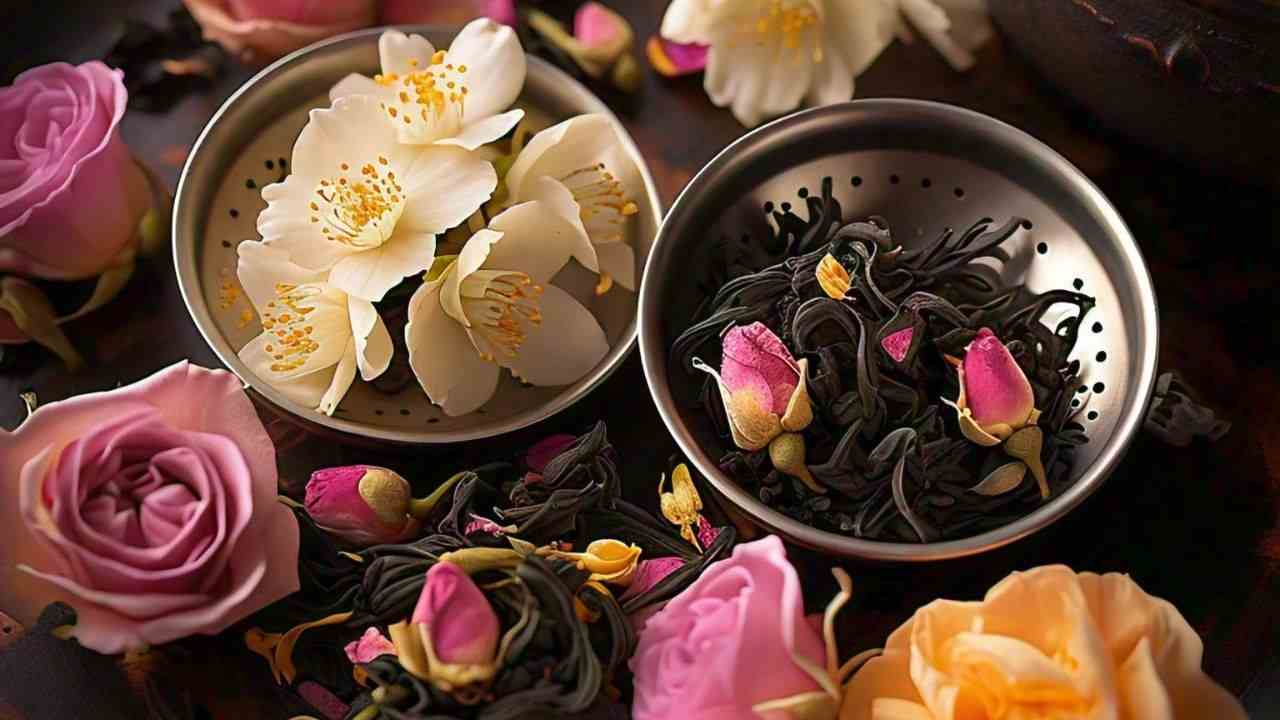Flowers are beautiful, but they offer much more than meets the eye. They enhance spaces, support our environment, and even promote health and well-being. Here, we’ll dive into ten ways flowers impact and improve our lives.
Introduction
Flowers are symbols of beauty, growth, and vitality. They play critical roles in ecosystems, inspire our wellness, and enrich our cultures. Beyond decoration, flowers are a part of rituals, medicine, cuisine, and scientific study.
1. Decoration and Aesthetics
- Home Decor: Flowers add warmth and life to any space. Whether arranged in a vase or in potted plants, they bring color and charm to our interiors, enhancing any style from modern to classic.
- Events and Celebrations: Weddings, birthdays, and celebrations feel more vibrant with flowers. They symbolize joy and prosperity roses for romance, sunflowers for happiness giving each occasion a unique mood.
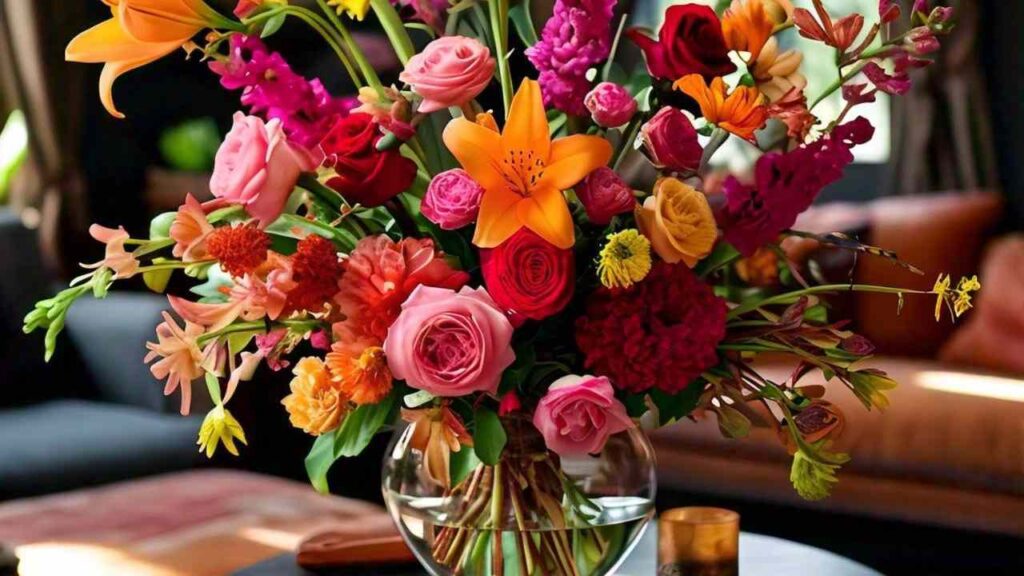
2. Symbolism and Emotional Expression
- Gift giving: Flowers express emotions universally. Their types and colors convey feelings like love, sympathy, and friendship, making them thoughtful gifts. Red roses show love, while yellow roses represent friendship.
READ MORE: What are the 5 points about flowers?
- Cultural Meanings: Different cultures attach meanings to flowers. In Japan, cherry blossoms signify life’s fleeting nature, while in Hinduism, the lotus stands for purity. Flowers are thus a bridge of emotions across cultures.
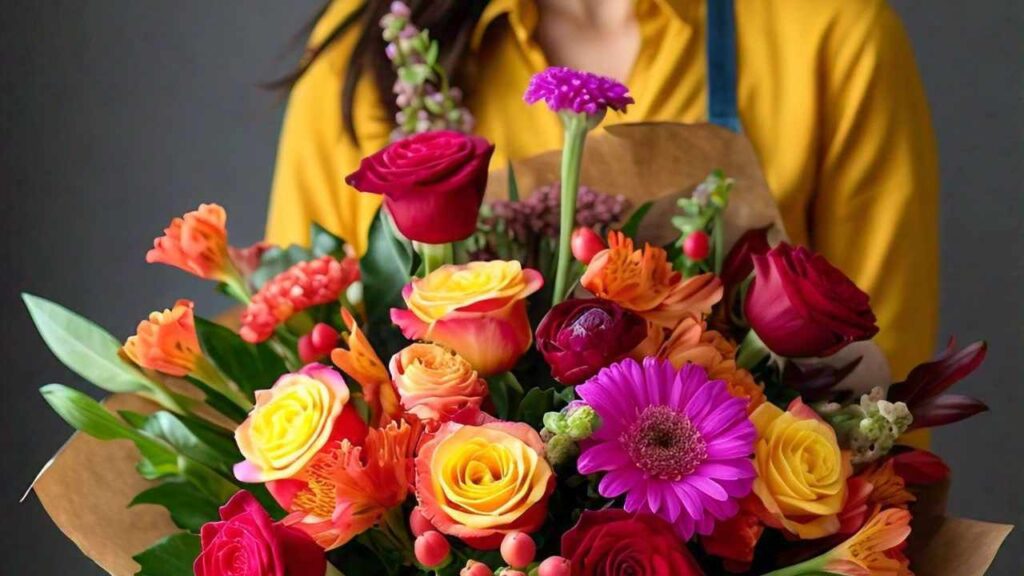
3. Medicinal Purposes
- Herbal Remedies: Many flowers have healing qualities. Chamomile aids in relaxation, and lavender is known for its calming effects. These flowers support herbal medicine, providing natural remedies.
- Aromatherapy: Essential oils from flowers like lavender and jasmine are popular in aromatherapy, promoting mental and physical well-being through calming, rejuvenating scents.
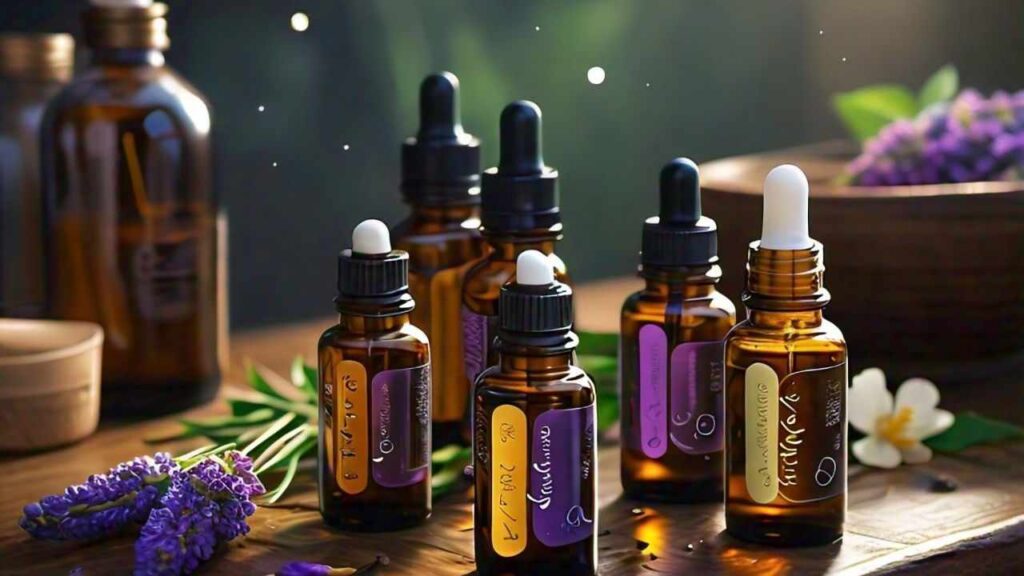
4. Food and Culinary Uses
- Edible Flowers: Some flowers like hibiscus and pansies enhance dishes with color and flavor. Hibiscus adds a tangy touch to teas and desserts, while pansies make beautiful garnishes.
- Floral Teas: Flowers like jasmine and rose petals can be steeped into teas, each offering unique flavors and benefits. Jasmine tea soothes the mind, while rose tea supports skin health with antioxidants.
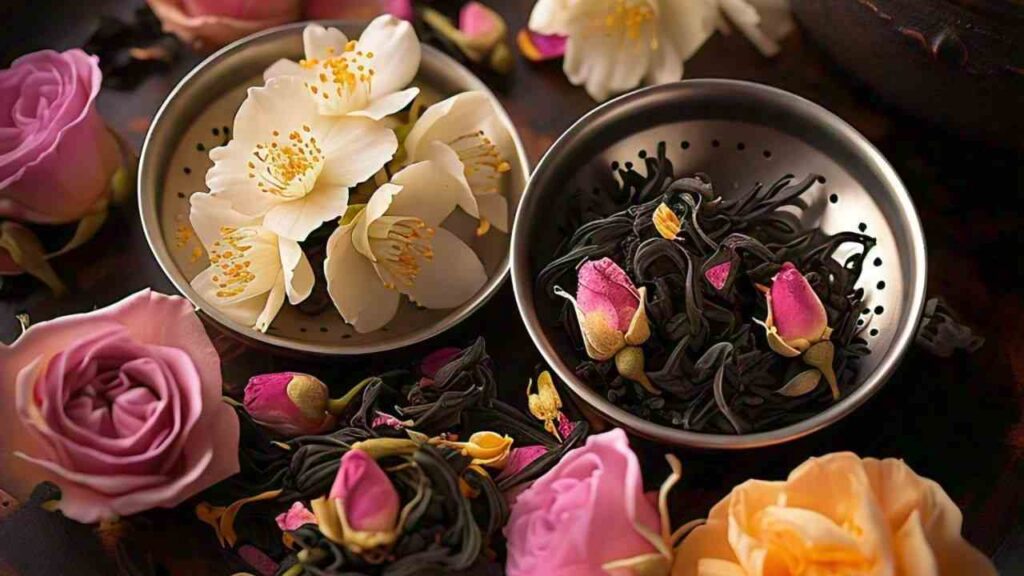
5. Environmental Benefits
- Pollinator Attraction: Flowers draw in essential pollinators like bees and butterflies, supporting plant reproduction. This process helps food production and strengthens ecosystems.
- Ecosystem Support: Flowers provide food and shelter for diverse species, maintaining biodiversity and preventing soil erosion, which sustains ecosystem balance.
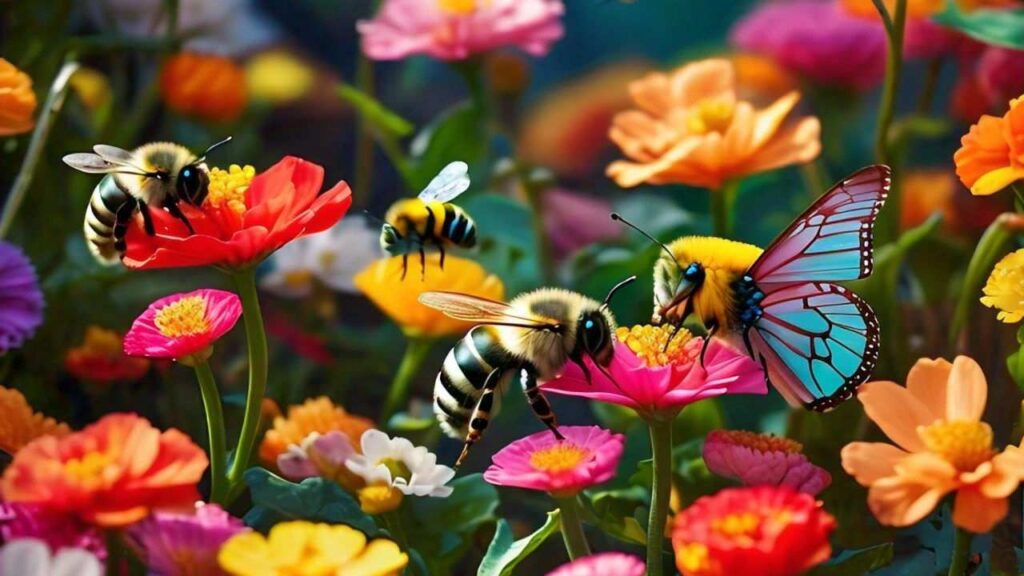
6. Religious and Spiritual Significance
- Rituals and Offerings: Flowers like marigolds are used in religious practices in Hinduism and Buddhism, representing purity and devotion.
- Festivals: Festivals like India’s Holi and Mexico’s Dia de los Muertos feature flowers, emphasizing their cultural and spiritual importance.
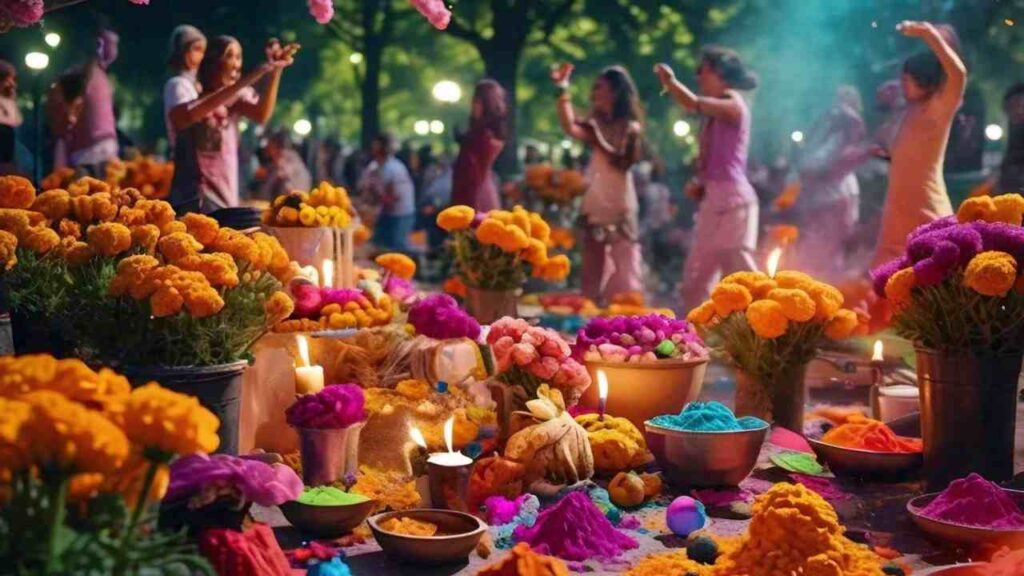
7. Cosmetic and Beauty Products
- Skincare: Flowers such as rose and calendula are popular in skincare. Rosewater is hydrating, and calendula is gentle on sensitive skin.
- Fragrances: Floral scents from jasmine, lavender, and rose enhance perfumes, creating mood-boosting fragrances.
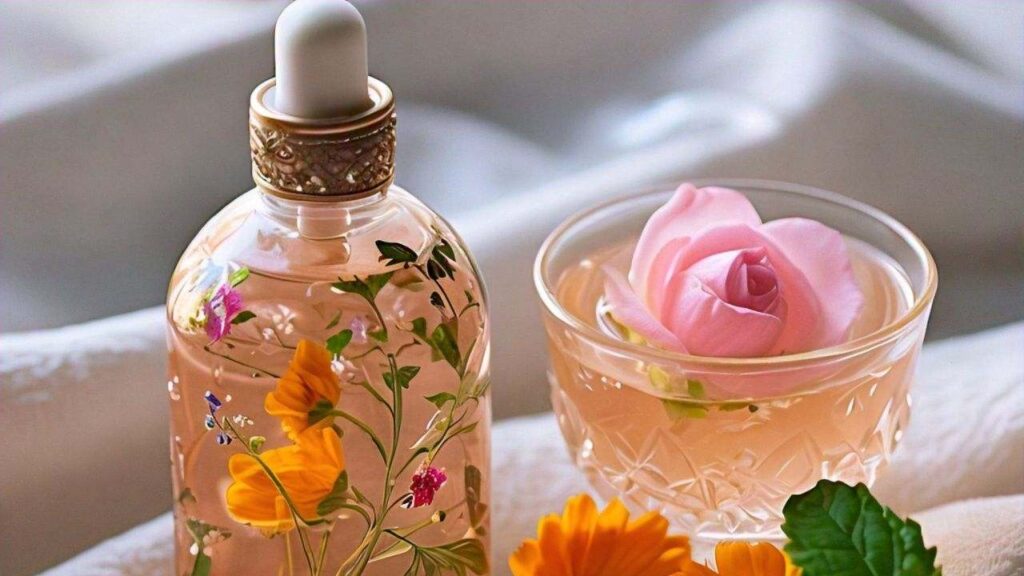
8. Craft and DIY Projects
- Potpourri and Sachets: Dried flowers create potpourri and sachets, adding natural fragrance to homes and wardrobes.
- Pressed Flower Art: Pressed flowers are preserved in art, making cards, bookmarks, and wall decor that capture nature’s beauty.
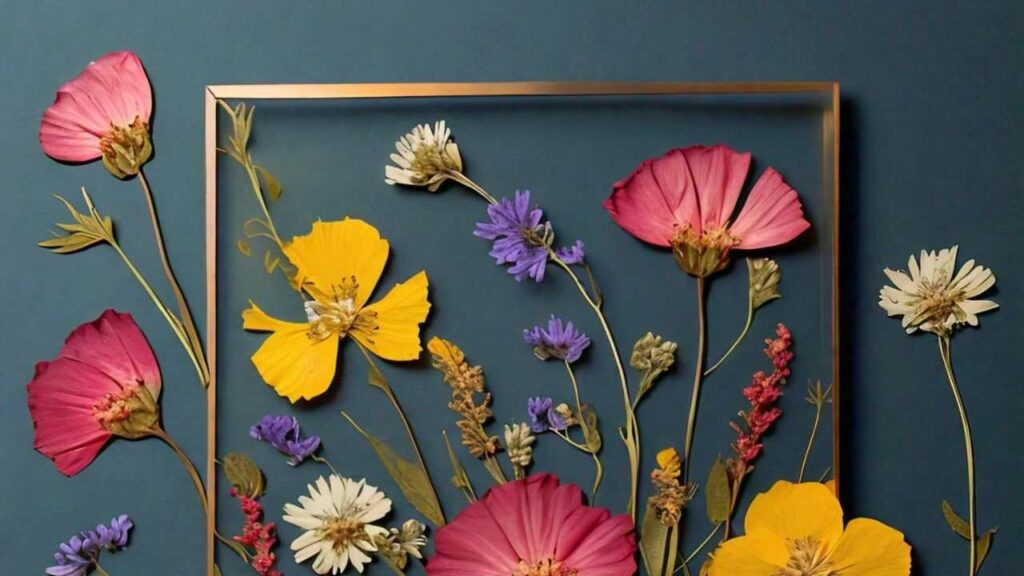
9. Therapeutic and Psychological Benefits
- Mood Enhancement: Fresh flowers improve mood and reduce stress. Many people keep flowers in their homes for mental well-being.
- Therapy Gardens: Hospitals and wellness centers often include therapy gardens with flowers, offering peaceful spaces that promote healing.

10. Educational and Scientific Research
- Botany and Conservation Studies: Flowers are crucial to plant research, aiding scientists in studying evolution, ecology, and environmental changes.
- Learning Tools for Kids: Flowers teach children about plant biology, life cycles, and conservation, fostering early connections with nature.
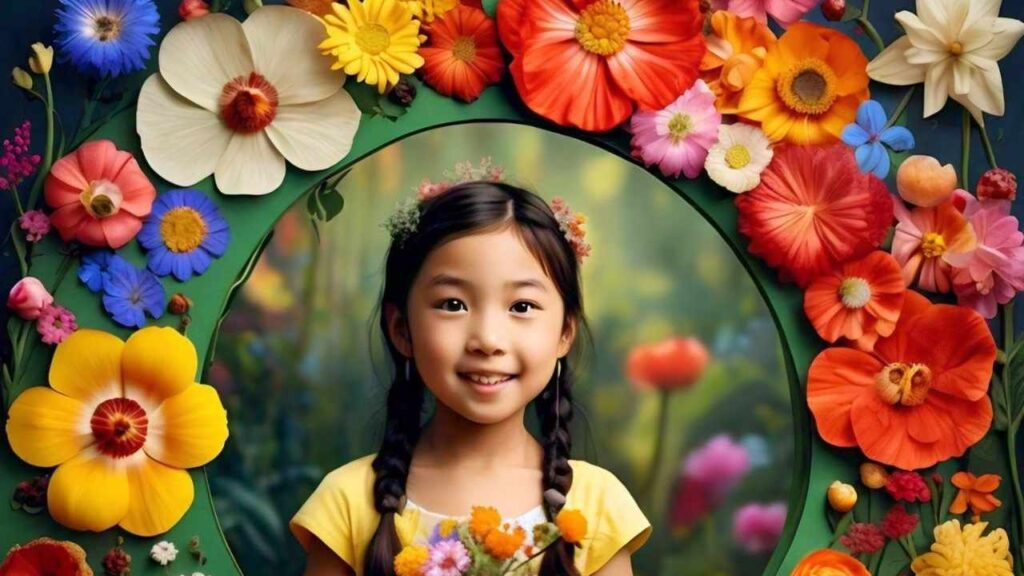
Conclusion
Flowers are more than just beautiful they are vital to our ecosystems, support health, and carry cultural significance. Embracing the various uses of flowers helps us appreciate their deep-rooted value and strengthens our connection with nature.
